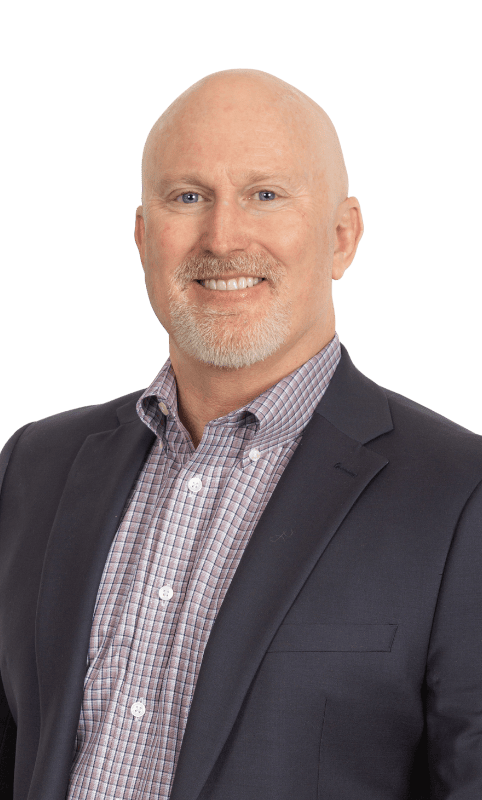As part of the $1.7 trillion omnibus appropriations bill that passed Congress just before the holiday break, some major changes are coming for employer-sponsored plans like 401Ks (for-profit businesses) and 403Bs (educational and nonprofit organizations). The SECURE 2.0 (Setting Every Community Up for Retirement Enhancement) Act of 2022 has gone to President Biden’s desk after passing both houses of Congress with bipartisan support.
The new legislation takes its name from the 2019 SECURE Act. One of the most well-known provisions of the 2019 act gave small businesses the ability to participate in pooled employer plans (PEPs), which operate much like a “group 401(k).” In other words, PEPs allow unrelated employers to share the administrative costs of a plan that can be offered to qualifying personnel of each participating employer. With the passage of SECURE 2.0, new provisions have become law with the intent of making participation easier and more attractive for more employees.
- The new act requires automatic enrollment of employees in 401(k) or 403(b) plans, with payroll-deducted contributions of 3–10% of pay in the first year, rising by 1% each year until a minimum 10% threshold is reached. Businesses with fewer than 10 employees and companies in business for less than 3 years are exempt. Automatic enrollment has been demonstrated to result in higher participation rates, and while employees can opt out, typically, most do not.
- Aiming to help those who are making student loan payments instead of saving for retirement, a new provision allows employers to make matching contributions to plans based on qualified student loan payments by employees.
- SECURE 2.0 expands the Saver’s Tax Credit for qualified lower-income individuals (in 2023, maximum AGI of $73,000 if filing jointly) to provide tax credit equal to 50% of plan contributions with no reduction as income increases. This provision takes effect in 2027).
- SECURE 2.0 increases catch-up contributions for participants ages 60–63 from the current $6,500 to $10,000, starting in 2025. Beginning in 2024, new rules treat all catch-up contributions under Roth rules, as after-tax contributions, with the exception of workers earning $145,000 or less. The act also indexes catchup contributions to IRA accounts for inflation, replacing the current flat $1,000/year limitation.
- RMDs for covered plans start at age 73 in 2023, going up to age 75 in 2033. This provision also applies to Individual Retirement Accounts (IRAs) in addition to 401Ks and 403Bs.
For employers, certain provisions of the plan may require a bit of careful planning.
The new law contains a provision reducing the number of years required for part-time employees to become qualified to participate in a plan, lowering the qualifying period from the current three years to two. Employers have some extra time to implement this, however; the new law offers a deadline of January 1, 2024 for making the needed changes to existing plans. On the other hand, SECURE 2.0 includes expansion of the startup cost credit for employers to include up to 100% of startup costs—basically a tax incentive from the government to encourage employers to launch plans.
At Mathis Wealth Management, we know you need the most current information about changes in tax and retirement plan law in order to make sound decisions about your company benefits and other important planning strategies. To learn more, read our recent article, “Your Home and Your Retirement: Using It to Generate Extra Income.”












